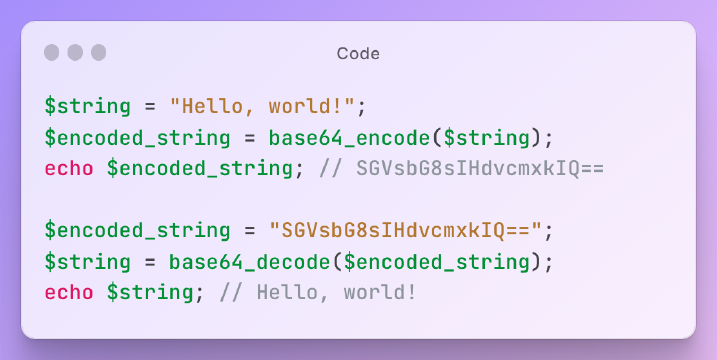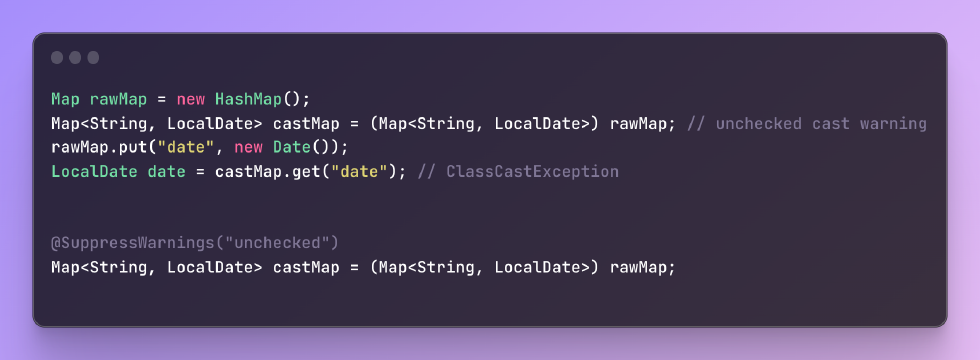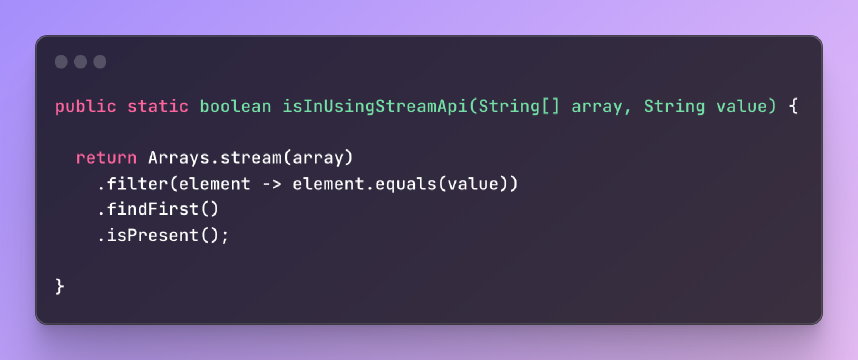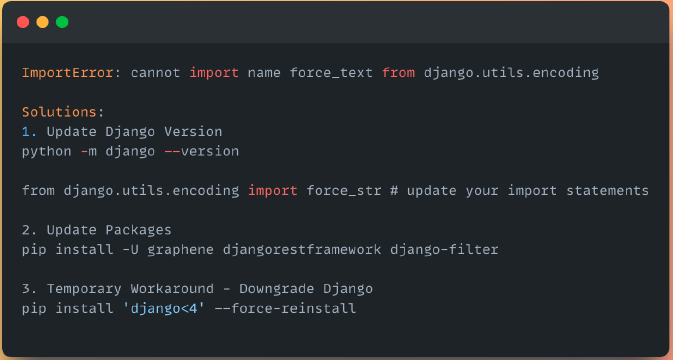Excerpt§
Entities in PHP are objects representing real-world concepts with unique identities, encapsulated attributes, and defined relationships to other entities.
Introduction§
Modeling real-world concepts is a key aspect of programming. In PHP, the building blocks used for representing real-world entities are referred to as objects. To effectively develop applications in PHP, it is crucial to understand what constitutes an entity and how to properly implement entities in code. This article provides a comprehensive overview of entities in PHP - their definition, characteristics, creation, usage, benefits and examples.
Overview of entities in PHP§
An entity can be defined as an object or concept with distinct characteristics and identity that encapsulates data and behavior in a PHP program. Entities are used to model real-world objects like users, products, orders, etc. and their attributes and relationships.
For example, a User entity can contain attributes like name, email, address etc. The entity bundles these attributes and actions related to a user together rather than having independent variables and functions. Entities enable modular and reusable structuring of code.
Characteristics of an entity§
There are three main characteristics of entities in object-oriented PHP programming:
Identity - Every entity has a unique property or identifier that differentiates it from other entities. For a User entity, this could be a username or email address. This helps isolate an entity instance.
Attributes - Entities encapsulate related attributes, properties or data associated with the object. A Product entity may have attributes like price, description, reviews etc. that define it.
Relationships - Entities can be associated with other entities. For example, a Customer entity can be linked to related Order entities. This models real-world relationships.
These core characteristics represent the nature of entities in PHP programs.
Creating an entity in PHP§
Here are the main steps to create an entity in PHP:
Define a Class representing the entity. The class name should denote the entity type.
Declare attributes of the entity as class member variables with appropriate data types. These act as properties.
Implement getter and setter methods to read and modify attributes externally.
Optionally include other methods that define actions performed by the entity.
For example:
1// Define User class
2class User {
3
4 // Attributes
5 public $name;
6 private $email;
7
8 // Getter method
9 public function getEmail() {
10 return $this->email;
11 }
12
13 // Setter method
14 public function setEmail($email) {
15 $this->email = $email;
16 }
17}
phpThis defines the core User entity with attributes and access methods.
Using entities in PHP programs§
To leverage entities in PHP:
Declare an object instance of the entity class. This creates an entity object.
Set attributes via setter methods. For example,
$user->setEmail('john@example.com')Retrieve attribute values using getter methods. For example,
$email = $user->getEmail()Perform operations on the entity object through class methods.
Entities encapsulate related data and operations together to be used as building blocks in PHP applications.
Benefits of using entities in PHP§
Some key advantages of using entities:
Modularity - Entities allow compartmentalizing code into self-contained units with clear interfaces. This improves organization.
Reusability - Entity classes can be reused across multiple parts of an application, avoiding duplicated logic.
Maintainability - Isolating entities simplifies troubleshooting and maintaining code when bugs or changes are required.
Extensibility - It is easy to extend entity classes by adding new attributes and methods as needs evolve.
Testability - Entity classes can be tested independently to validate functionality.
Examples of entities in PHP§
Some common entities:
User - Encapsulates user properties like name, address, email, preferences, access rights etc.
Product - Represents product details including price, description, reviews, shipping info, and so on.
Order - Contains order id, date, customer info, product items, totals, status etc.
Session - Stores user session data like authentication state, activity history, temporary data etc.
These are just a few examples demonstrating how entities map to real-world concepts.
Conclusion§
Entities are core building blocks in PHP that represent real-world objects with unique identities, encapsulated attributes, and defined relationships. Defining entity classes helps build modular and reusable code.
Understanding entities in PHP enables better organization and maintainability when developing applications. With a clear conception of their definition and implementation, developers can effectively leverage entities for managing complexity and driving productivity.















